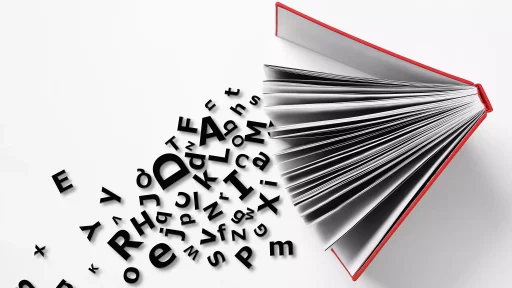Introduction to Square Sea Waves
Square sea waves, often referred to as “cross seas,” are a fascinating phenomenon in oceanography that can sometimes be seen in a body of water, made up of waves that interact, leading to unusual patterns. Unlike typical waves that move uniformly, square sea waves appear choppy and chaotic, resembling a grid pattern of water. Understanding square sea waves is essential for sailors, beachgoers, and scientists alike, as they can pose serious risks in maritime environments.
How Do Square Sea Waves Form?
Square sea waves form under specific conditions when two different wave systems collide at varying angles. This can happen due to:
- Storms approaching from different directions
- Ocean currents interacting with wave patterns
- Wind changes creating two simultaneous wave systems
The resulting waves can create a dangerous situation for vessels as they encounter unpredictable swells from multiple directions.
Characteristics of Square Sea Waves
Square sea waves have several distinguishing features that set them apart from regular waves. These include:
- Square Appearance: The waves typically form a nearly square grid at the water’s surface.
- Unpredictable Motion: The waves do not follow the typical sinusoidal pattern and can create holes or steep peaks.
- Increased Danger: Mariners often find it challenging to navigate through these waves, which can lead to capsizing or loss of vessels.
Impact on Marine Navigation
Square sea waves pose significant risks for navigation. The primary dangers associated with these waves include:
- Reduced Visibility: The chaotic nature can obscure the distance at which waves are approaching.
- Unexpected Waves: With waves coming from multiple directions, navigating becomes complicated and unpredictable.
- Increased Equipment Strain: Vessels may experience higher stress on their hulls and equipment due to the erratic motion of the waves.
Sailors must adjust their tactics and remain vigilant when encountering square sea wave conditions to ensure safety.
Examples and Case Studies
Numerous cases exemplify the dangers of square sea waves. Notable examples include:
- The Andrea Gail Incident (1991): The fishing vessel was lost during “The Perfect Storm,” creating conditions for square sea waves that ultimately led to its demise.
- The MV Derbyshire (1980): This cargo ship sank during a typhoon, with reports indicating that unusual wave patterns were present.
Such incidents underscore the importance of understanding these phenomena for anyone venturing into open waters.
Statistics and Research
A study published in the Journal of Geophysical Research highlights the frequency and impact of square sea waves. The research indicates that:
- Approximately 10% of severe maritime accidents are attributed to unpredictable wave patterns.
- The likelihood of encountering cross seas increases significantly during stormy weather, especially in ocean regions known for unpredictable winds.
These statistics serve as a call to action for mariners to remain informed about weather conditions and wave patterns before setting sail.
Conclusion
Square sea waves are a captivating yet perilous phenomenon that can arise in our oceans. By understanding the formation, characteristics, and risks associated with cross seas, sailors and maritime workers can better prepare for and mitigate the dangers of navigating through them. Awareness and preparedness are key to ensuring safety on the high seas.




